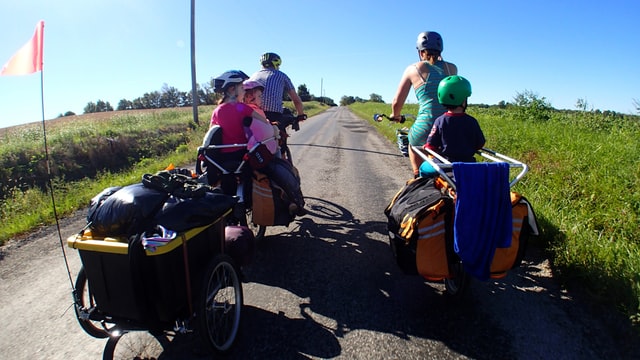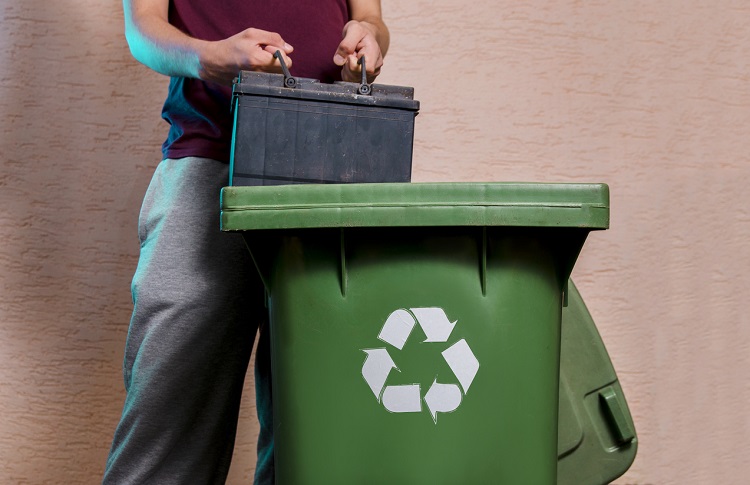
Tomorrow’s world is in the hands of today’s children. By giving them positive role models, they’ll learn how to form their own positive habits. Among them, those related to sustainable living.
The responsibilities and concerns of parents are legion. But while most moms and dads prioritize potty training and how to stop thumb sucking, how many worry about teaching their kids to be less wasteful? Even those who intend to do so may have trouble finding the right time and opportunity.
Fortunately, we got you covered. The following are five ways to teach your children to be more sustainable:
- Spend Time Together in Nature
Get outside to enjoy forests, parks, and nature trails. Children will see there is value in protecting these things. As you enjoy your walks in nature together, talk about how the things we do impact all of these things in nature. Talk about minimizing the impact we have on nature around us. Take time to collect trash as you hike. All of these things let you get active while teaching children about the world. If they don’t take care of this part of nature, the future of the world won’t get to enjoy the tall trees and beautiful trails.
- Talk About Water and Energy Conservation
Kids may not understand that there are limited resources on the earth. They don’t know that water is limited and electricity usually comes from non-renewable natural resources. Instead of yelling at them to turn off lights and turn off the faucet, lead them by giving them videos to watch about conserving nonrenewable resources. Explain why these things are so critical. Give them the education they need to conserve these resources in the future. Make it fun by playing a game and donating to charity with the money you save conserving water and electricity. The more you get it into their mind that it’s important to conserve water and energy, the harder they’ll work for the children of the future to not waste non-renewable items.
- Take Them to the Grocery Store
It may seem silly, but kids learn a lot from a trip to the grocery store. They actually see all of the work you do to get food on the table. They’re able to help you choose fresh fruits and veggies. You can explain eco-friendly product concepts and show them how to choose food. Explain the differences between organic and locally produced versus processed foods. Show them labels and stickers that help the environment. Show them how to look for food that doesn’t have unnecessary plastic packaging. A trip to the grocery store isn’t just about the food in your refrigerator. It’s about teaching children how to shop for a lifetime.
- Recycle at Home
Recycling isn’t about just throwing things in a bin with a label. Talk about the importance of recycling and waste. Let them watch videos about how paper is made. Talk to them about protecting the forests in the world. Talk about how materials like plastic take hundreds of years to decompose naturally. They might not understand these things harm the environment. Once they realize the importance of recycling labels, they’ll be able to put their actions into motion. You can set up fun bins in your home with paper, glass, cans, and plastic. They can decorate the bins so they remember what goes where.
- Read Storybooks on Climate Change
Reading books can be filled with lots of education. It’s a time to bond while you learn. This is a great way to show your child the issue of climate change. You don’t need to be all about doom and gloom. Talk about living sustainably like in the books Charlotte’s Web or Where The Wild Things Are. There is a picture book by Michael Foreman called Dinosaurs that is perfect for any age. Books are a way that children can see and understand big issues on their level. They can ask questions as you read opening the door to a whole new world of knowledge. Climate change can be a scary thing, but books put huge issues in a different light that makes things not seem as scary.



